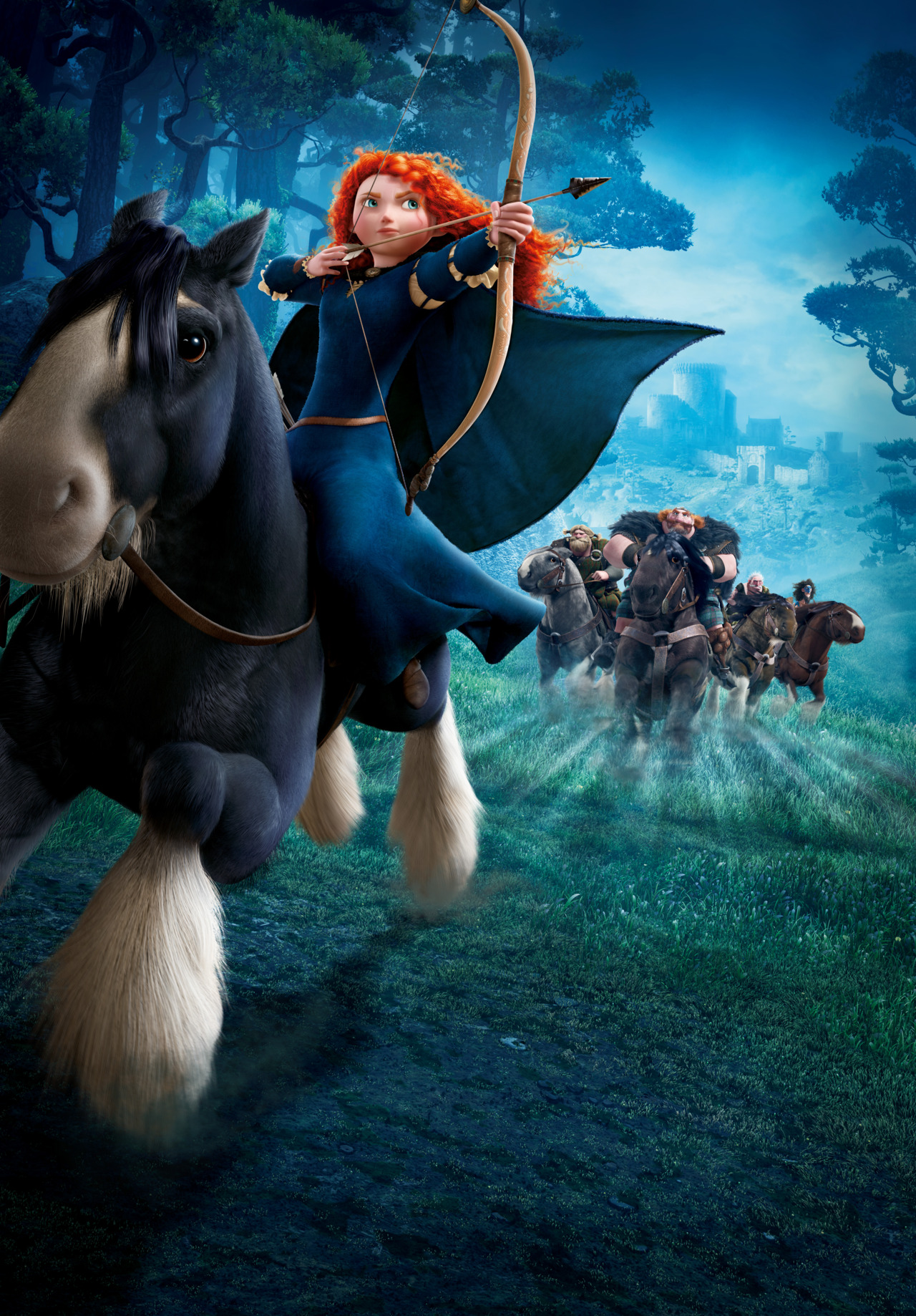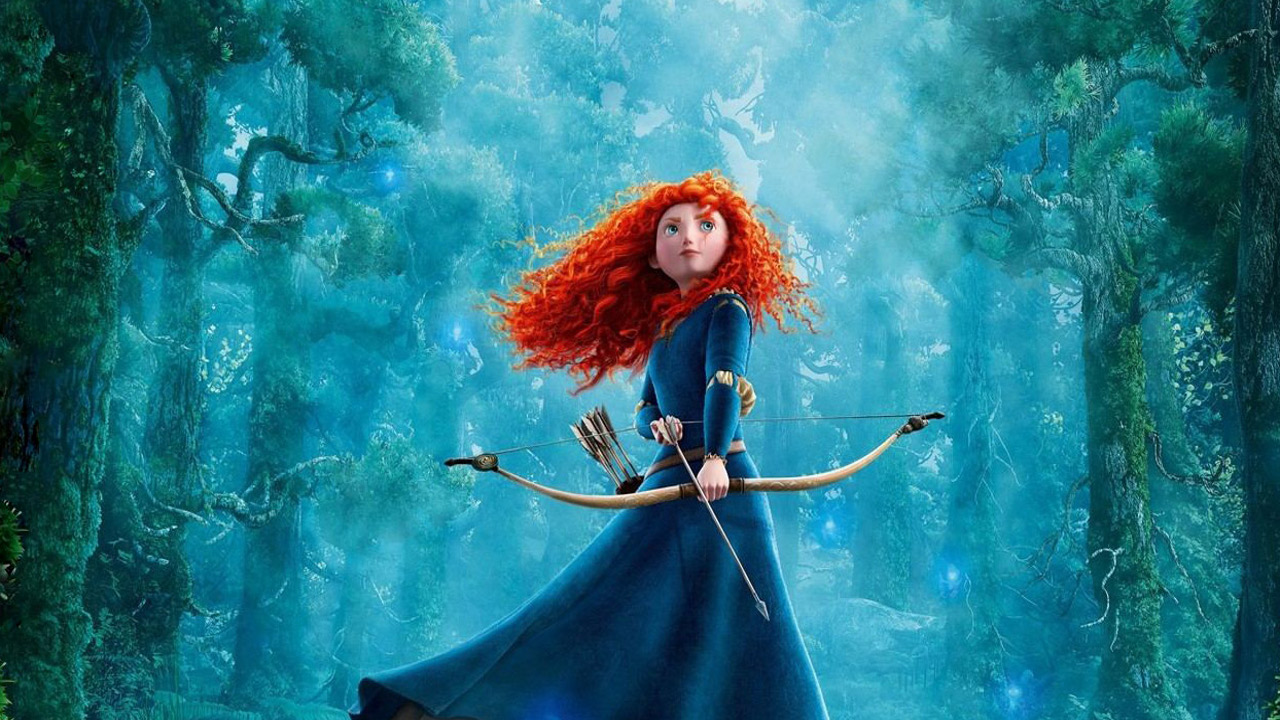


It’s easy to ground memorising of “Brave” in the significance of that female protagonist, but even more than its at the time revolutionary focus on girls, “Brave” remains peculiar in Pixar for being the single feature-film release that is so enmeshed in royalty. But even if “Brave” is beautiful, and Pixar films are always beautiful, it offers more albeit in ways that have been atypical for the studio. Place is so critical to this world, and the sense of momentousness in the look of “Brave” is so distinct, majestic and compelling. It’s difficult to fumble the sheer splendour of the locale, and yet the ways that the film plays around with textures, light and shadows are consistently impressive. A lot of that beauty is found in the precise sense of place in “Brave”, which has an easy lay-up with the Scottish Highlands as its primary location. Pixar’s innovative work over the last three decades has been marked by ambitious shifts in mainstream animation studios, and even if I think that Laika Studios’ “Coraline” is still the most beautiful animated film this century, “Brave” is my pick for Pixar’s best-looking film, even with tough competition from the futuristic designs in “Wall-E” or the dreamy underworld in “Coco”. The fluffy red tangled hair that defines Princess Merida, feels central to the aesthetic proficiency in “Brave”. It is a modest story in many ways, atmospheric more than plotty in key moments, but so thoroughly earnest and warm and gorgeous that I always think of it as an easy-highlight of Pixar’s 25-film history. And yet, a decade later, and with so much changed in the animation world, I think of “Brave” more fondly than many of its counterparts. Brenda Chapman, the first female director for Pixar, started the project as the sole director but was joined by Mark Andrews in a move that felt more like studio interference than one intending creative legitimacy. The rocky production history also hadn’t helped.

The straightforward premise of “Brave” a princess who refuses to be betrothed and her relationship with her mother felt quaint in the context of the previous films. The story of Scottish princess Merida, and her journey towards self-actualisation, felt less ground-breaking than the studio’s more overtly unusual premises, such as an old widower chasing adventure in “Up”, the robot love story in “Wall-E”, or a rat with culinary ambitions in “Ratatouille”. Disney had, in fact, bought Pixar Studios six years earlier, so that “Brave” was, technically, a Disney film. It was a foray into the princess-mode of storytelling that was more reminiscent of Disney. Although the reception was positive, the general feeling then was that “Brave” was good but not great Pixar material. By that point, the studio’s previous 12 features across 17 years had defined it as a cultural behemoth in animation. When “Brave” premiered at the Seattle International Festival in June, 2012, it was the first feature from Pixar Animation Studios to feature a female protagonist.


 0 kommentar(er)
0 kommentar(er)
